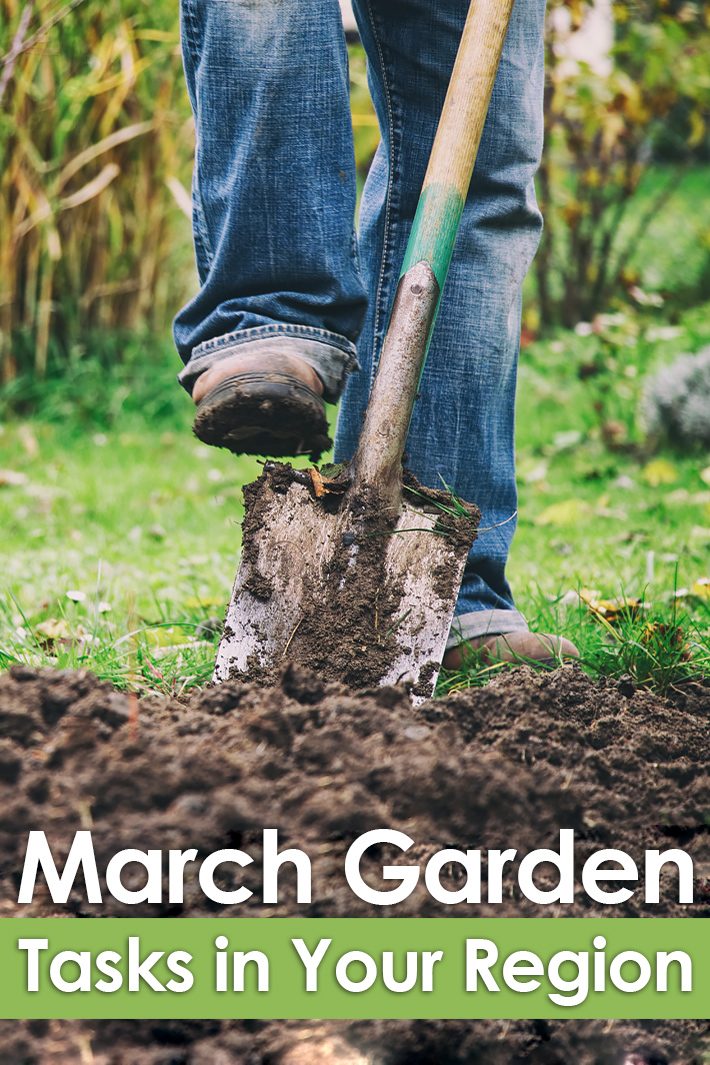
March is a guessing game in the garden. Will it warm up soon? Will it stay warm? Will the rains start/stop? About the only thing we can count on is that March too shall pass. So go ahead and push the envelope, but keep the row covers handy.
Everyone should have their seeds started, their trees and shrubs pruned and their tools ready to go. After that, the most important thing is to have patience. It’s tempting to take advantage of warm days, but even in Zones 9 & 10, spring gets the last word in the garden.
Here’s your March gardening guide for North America’s USDA Plant Hardiness Zones: 3-10.
Zone 3
- Prune overgrown nonspring-flowering shrubs.
- Start seeds of onions, tomatoes, edging lobelia (Lobelia erinus), asters, marigolds, cauliflower, cabbage, and brussels sprouts indoors under lights. When seedlings have their second pair of true leaves, transplant them to larger pots.
- Pot up stored bulbs, such as hybrid tuberous begonias, dahlias, canna (Canna ✕ generalis), and calla lilies (Zantedeschia aethiopica). Set them in the light.
- Water evergreens growing near the house foundation if the soil is dry. Also, mist the foliage—needles will absorb the much-needed moisture.
Zone 4
- On apple and mountain ash trees, prune away branches killed by fire blight to prevent further spread of the disease; also prune black knots off of cherries. Make cuts 1 foot below the diseased area. Disinfect pruners with a 10 percent bleach solution between cuts.
- Start pepper and eggplant seeds indoors under lights.
- Start seeds of zinnias, salvia, petunias, and nicotiana indoors under lights.
- Pot up seedlings started last month and potbound houseplants.
- Don’t rush to remove mulch from perennials: The sun could heat the soil and stimulate new growth, which the hard freezes still to come could damage.
Zone 5
- Start warmth-loving crops—such as tomatoes, peppers, and eggplants—indoors under lights.
- Transplant early tomatoes into larger pots, planting the stem deeper into the soil for additional root growth.
- Start annual flowers, such as marigolds and zinnias, indoors under lights.
- Tie up ornamental grasses, and use a serrated bread knife to cut them back to a few inches above ground level.
- Trim dead or damaged branches from trees, shrubs, and roses.
- In the vegetable garden, begin to plant potatoes, peas, lettuce, radishes, and carrots.
- Late in the month, transplant pansies outdoors; also, sow seeds of nasturtiums and sweet peas.
- At month’s end, transplant an early tomato outdoors, protected by a Wallo’Water. Before you plant, fill the planting hole with warm water.
- Start seeds of perennials—such as columbine (Aquilegia spp.), campanula, bellflower (Campanula spp.), blanket flower (Gaillardia spp.), globeflowers (Trollius spp.), and pyrethrum (Tanacetum coccineum)—indoors under lights.
Zone 6
- If you’ve had a mild winter, look for hosta shoots poking up through the soil. Dig up clumps that need to be divided, split them apart, and replant them. Water generously.
- Free the foliage from spring-blooming bulbs that are tangled in mulch.
- If the weather’s mild, plant roses, trees, and shrubs.
- Move cool-loving broccoli, cabbage, and cauliflower outdoors to a coldframe or protected spot.
- Start seeds of tomatoes, peppers, eggplants, perennials, and annual flowers indoors under lights.
- As soon the garden soil is workable, plant peas, potatoes, sweet peas (Lathyrus odoratus), poppies (Papaver spp.), rocket larkspur (Consolida ajacis), and mignonette (Reseda odorata).
- If there’s no snow, top-dress the lawn with compost. Fill in low spots and reseed.
Zone 7
- In the middle of the month, plant a row of Swiss chard. Tender stalks will be ready to harvest in mid-May—and the plants will keep producing all summer.
- Also in midmonth, sow other hardy vegetables, such as carrots, beets, kohlrabi, radishes, leaf lettuces, and turnips.
- Transplant onions, shallots, broccoli, cabbage, cauliflower, collards, white potatoes and asparagus crowns to the garden.
- Set out herbs, such as rosemary, chives, and thyme—but not tender basil!
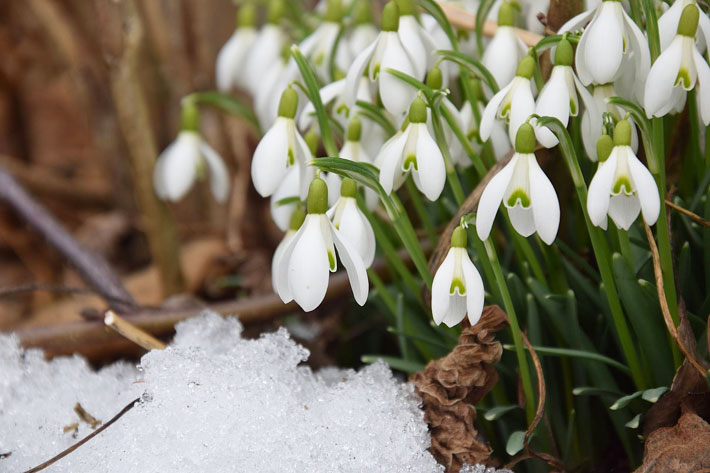
Zone 8
- Get cool-season crops into the garden now. Don’t wait—soon the weather will be too hot for them. Have row covers or homemade windbreaks handy to protect plants on chilly nights.
- Early this month, sow the last plantings of spinach, turnips, mustard, beets, carrots, and broccoli.
- In mid-to late March, plant corn, tomatoes, squash, peppers, and cucumbers. Nourish young plants with liquid organic fertilizer.
- Pull mulch away from perennials, shrubs, and trees to allow the soil to warm around them.
- Plant carnations (Dianthus spp.), daisies, marigolds, petunias, and snapdragons.
- At the end of the month, fertilize the lawn.
Zone 9
- Feed roses with an organic blend of cottonseed meal, alfalfa meal, and composted manure.
- Plant cool-loving vegetables, such as cabbage, broccoli, spinach, radishes, Asian greens, lettuce, and parsley. It may be too late to plant peas, however, if temperatures usually turn hot in your area by April or May.
- Harden-off tomatoes, peppers, and eggplants by moving them outside, beneath a plastic cover or inside a cold frame. Plant them in the garden after the last possible frost.
- Prune away frost-damaged areas on citrus.
Zone 10
- Plant okra, sweet potatoes, mustard, collards, cucumbers, and melons.
- Plant flowers that will tolerate heat: petunias, zinnias, cockscomb (Celosia cristata), and caladium (Caladium ✕ hortulanum).
- Start papaya (Carica papaya), chayote (Sechium edule), roselle (Hibiscus sabdariffa), and jelly melon (Cucumis metuliferus).
- If your holiday poinsettia is leggy, cut it back and plant it outdoors in a spot that doesn’t receive artificial light at night.
- Prune tabebuias (Tabebuia spp.) as soon as blooming stops.
- At month’s end, use a micronutrient spray to fertilize everything.
- Dig compost into the soil near new plants and around the dripline of established trees and shrubs.
Please follow us on Facebook Page and enjoy our collection of recipes, crafts, fitness, health tips, gardening, DIY and more…
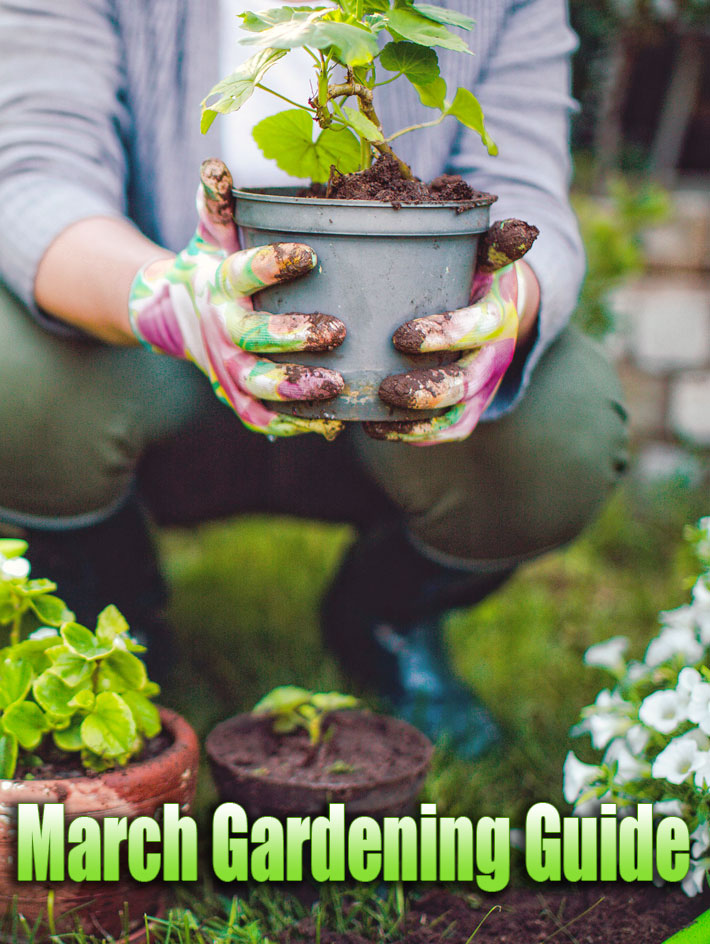

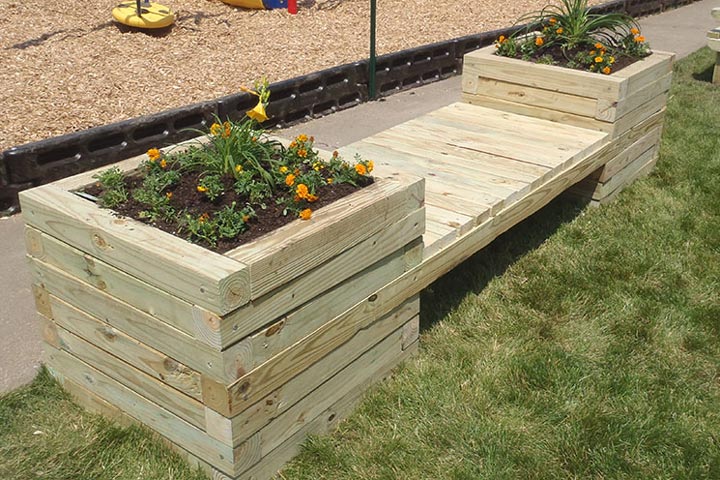
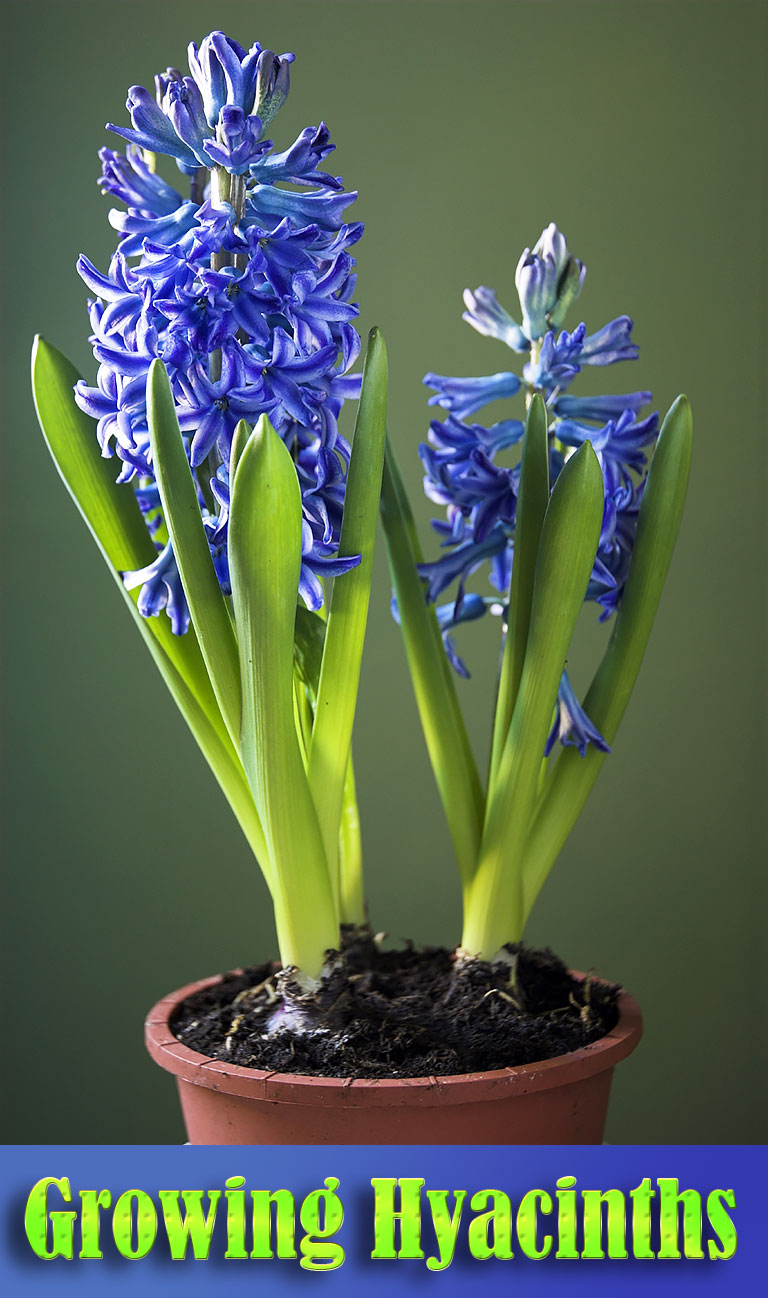
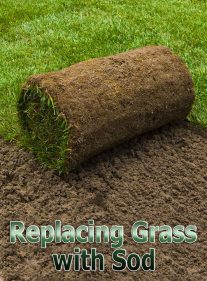
How do you know which zone you’re in?
Go to Google and type in either planting zone, gardening zone etc and it will bring you to a growing zone. Type in your zip code and it will give you your growing zone. I live in the bay area of California and we are zone 10.